Our planet is home to countless species of trees. With tens of thousands of different varieties, it only makes sense that there are plenty of trees that start with R.
While their names may share the same first letter, there is a massive amount of variety between these different species of tree.
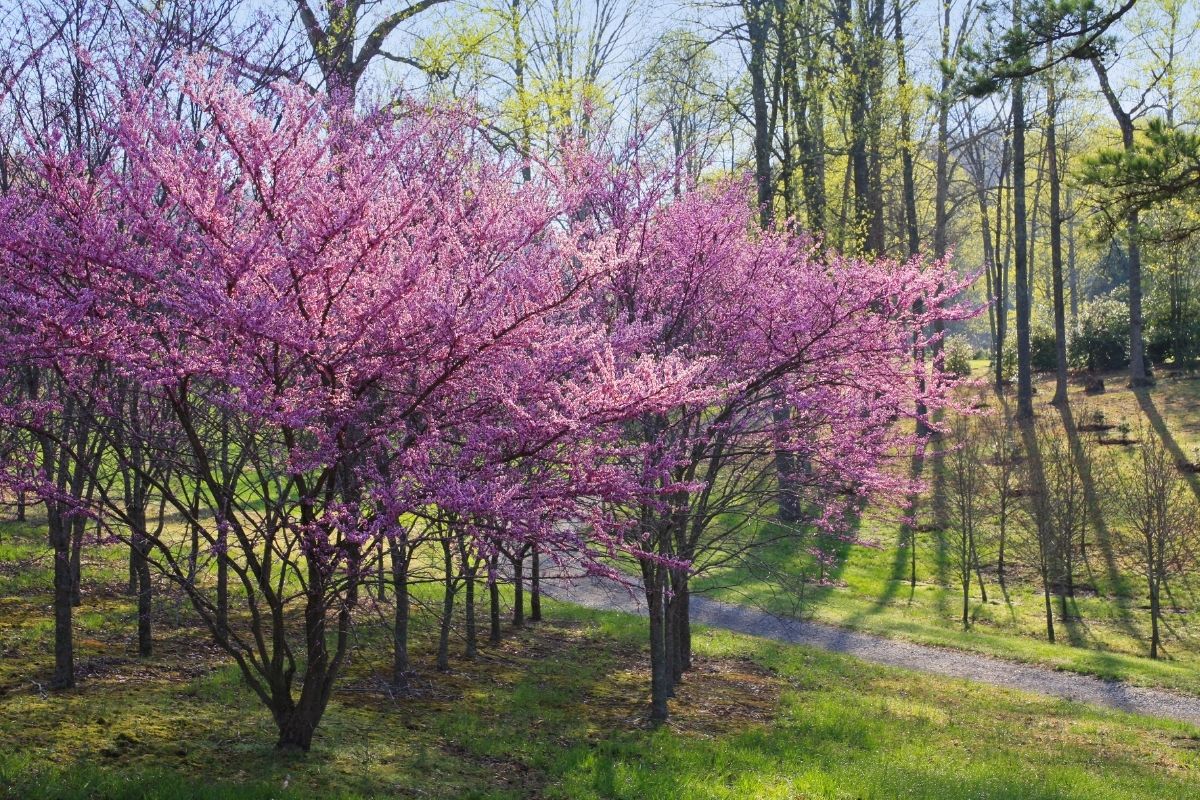
So let’s take a look at just some of the many incredible and fascinating species of tree that we share a planet with.
1. Redbud
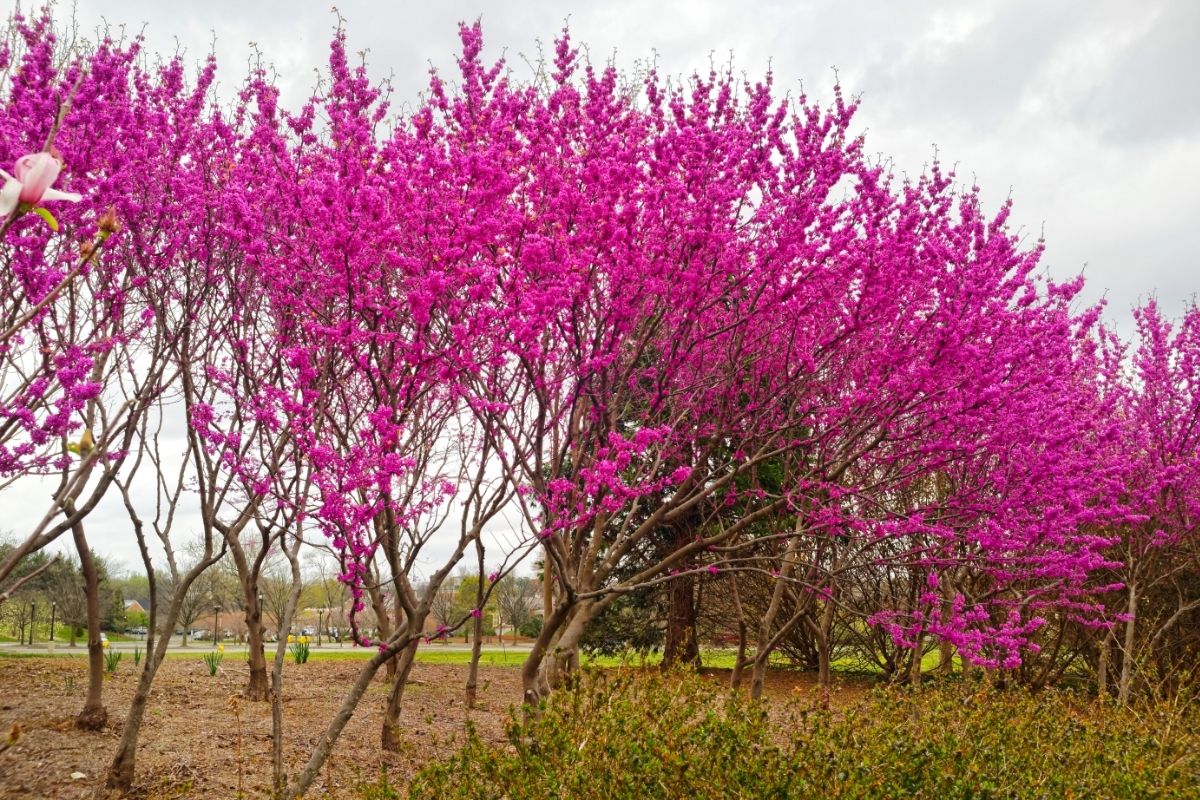
As their name suggests, redbud trees are mostly known for their vibrant red and magenta blossoms.
They are native to North America and can be found anywhere from New Jersey all the way west to coastal California.
They are a close relative to the pea blossom, and just like the pea blossom, their flowers are edible!
2. Redgum

The redgum is a type of eucalyptus tree found in Australia, typically along the banks of rivers. Redgums can be identified by their smooth white bark and long leaves.
The branches of redgum trees are prone to falling unpredictably, and even entire trees can collapse without warning. This makes camping near them extremely dangerous and unadvisable.
3. Redwood
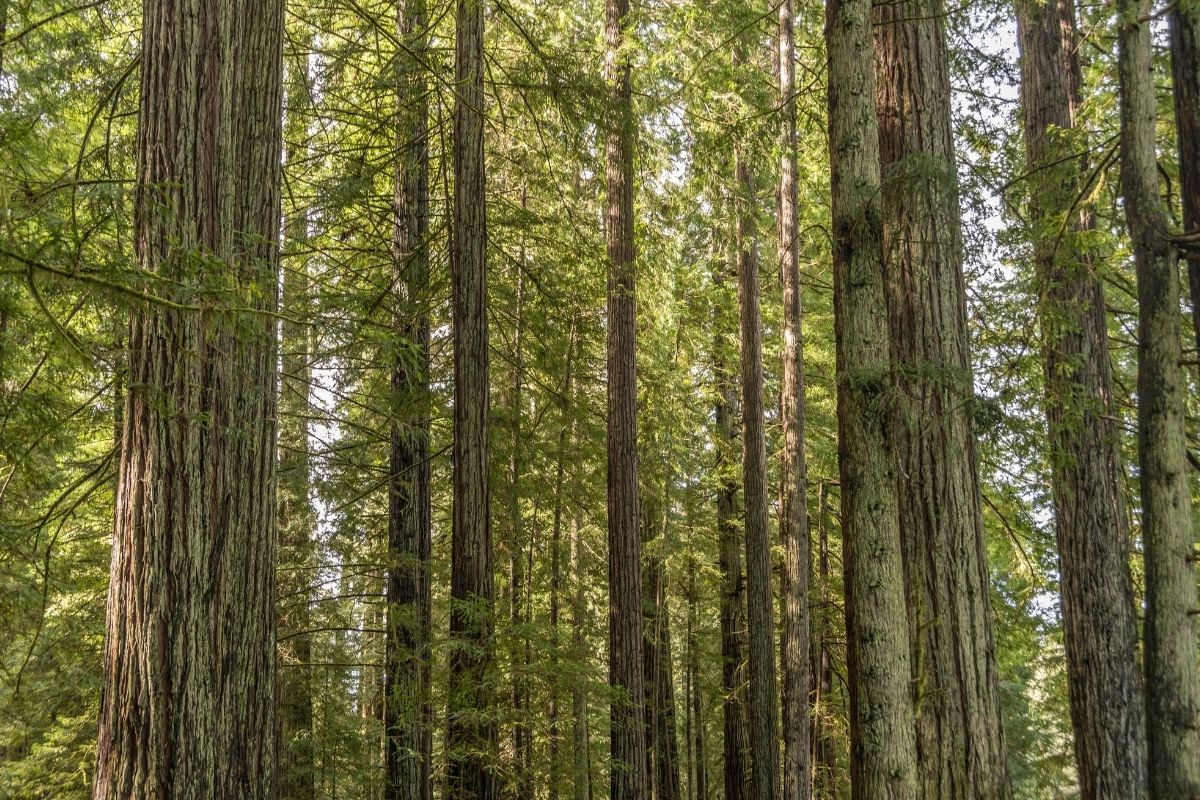
Redwoods are the largest species of trees in the world, and can easily reach over 300 feet tall and between 15-20 feet in diameter.
One redwood specimen known as Hyperion lives in the Redwood National Park in California, and measures in at a whopping 380 feet (or 115 m) tall! This makes it the tallest living tree in the world.
RELATED: 8 Amazing Types Of Redwood Trees (Including Photos)
4. Rhododendron Tree
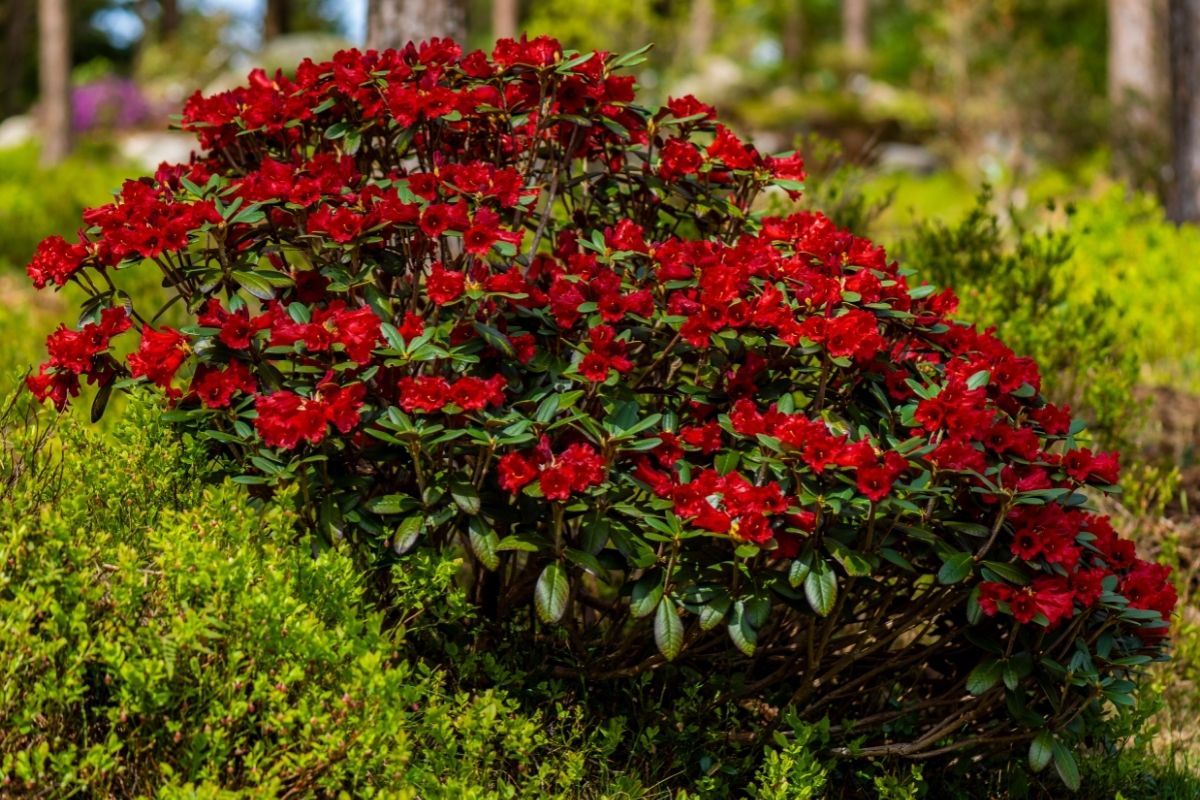
While rhododendrons are typically associated with small, flowering shrubs, they can also grow into small trees.
In addition to their spear-shaped leaves, rhododendron trees feature the same large, round clusters of flowers that are found on the shrubs.
These can be found in practically any color: from blue to red, to light pink.
5. Rhus Typhina
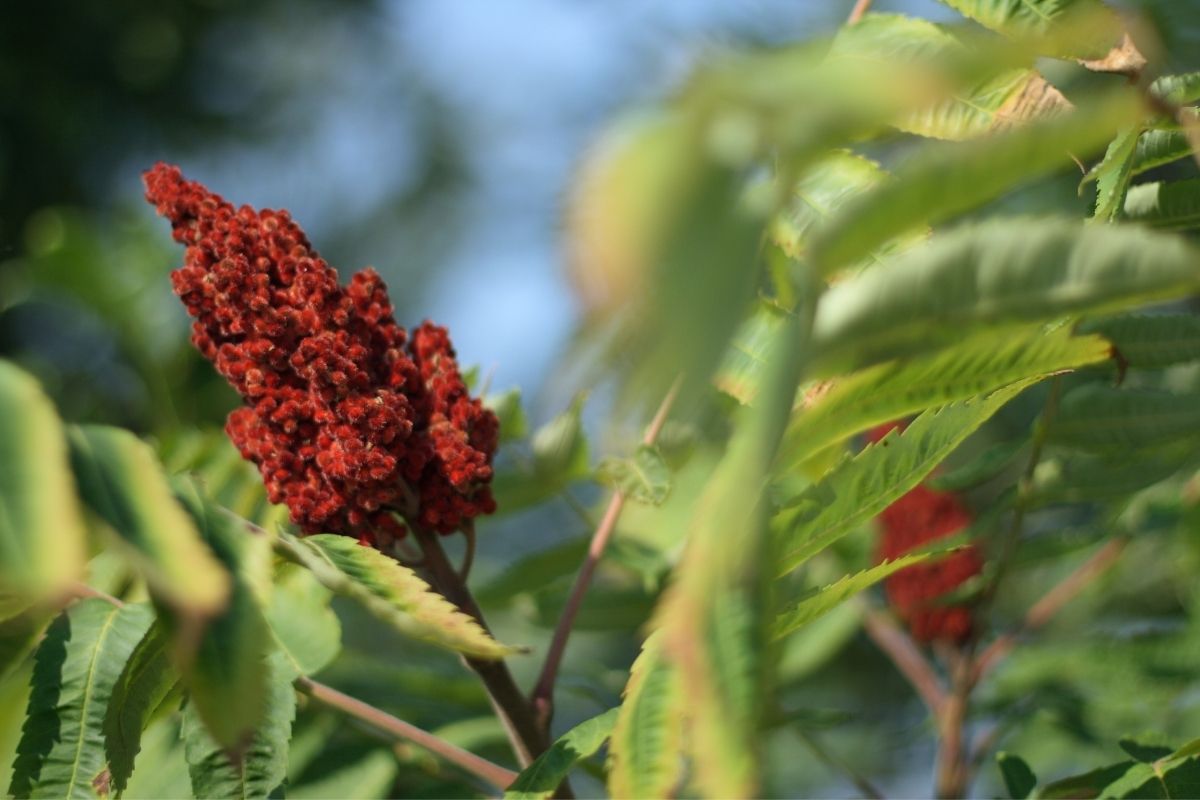
This species of North American tree has compound leaves that look similar to a fern. These leaves change to vibrant reds, yellows, and oranges in the fall months.
Rhus Typhina is used for several purposes. The fruits can be eaten or turned into a pink lemonade-like drink.
All parts of the tree can be used as dyes, and the leaves of the tree have historically been mixed with tobacco and smoked.
6. Rimu
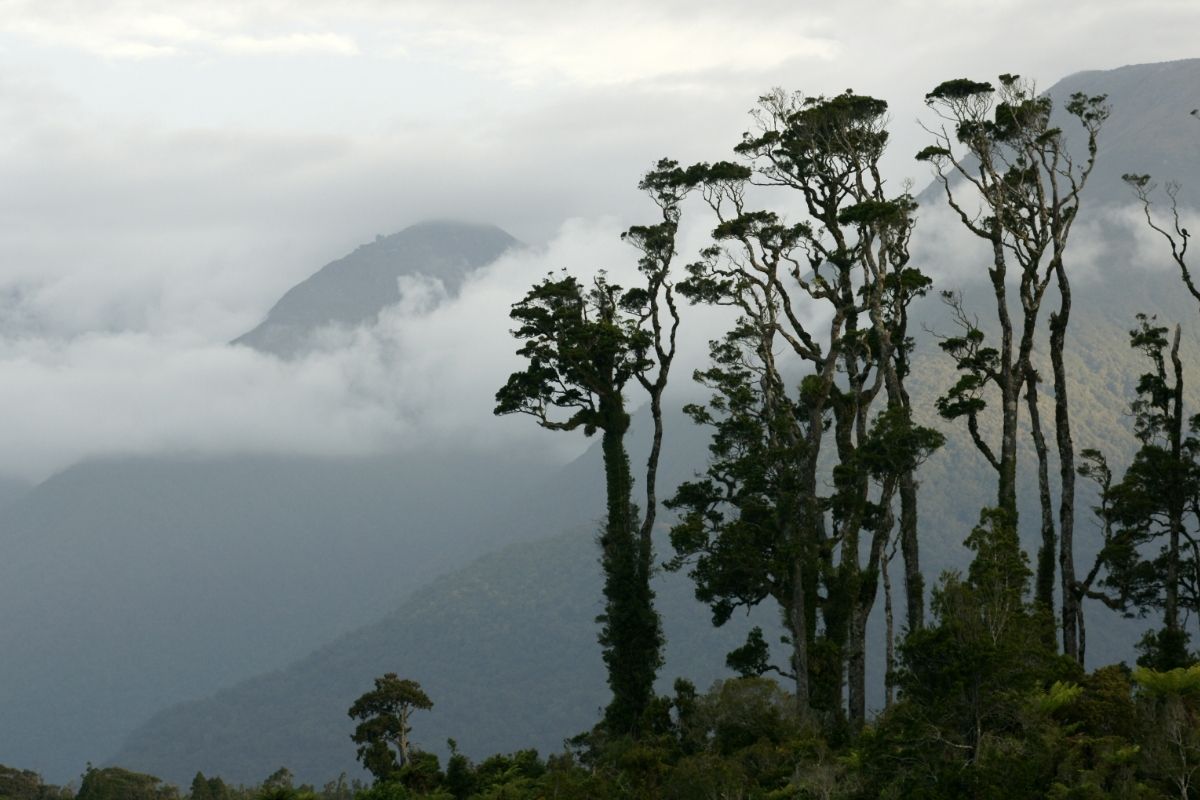
This member of the pine family is native to New Zealand and can reach heights of 150 feet tall. They grow incredibly slowly – it can take up to 35 years for a rimu tree to reach sapling height.
Their wood is commonly used for construction purposes, and the resinous bark can also be used to treat minor cuts, burns, and abrasions.
7. River Oak
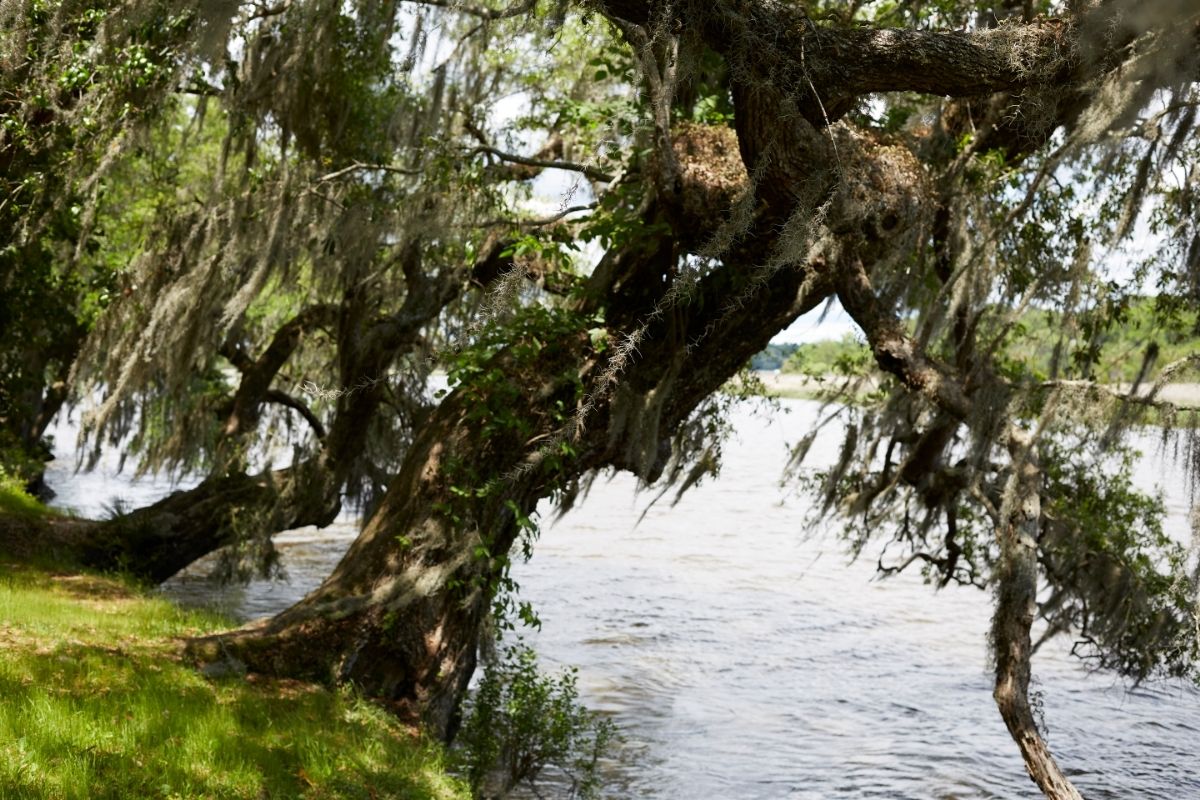
The river oak may look more similar to a pine with its needle-like leaves and cone-shaped seed pods, but it actually belongs to a completely separate species known as she-oaks.
Found primarily in Australia along rivers, the river oak is crucial for maintaining the integrity of the soil in riverbanks and preventing erosion.
8. Robinia

More commonly known as the black locust tree or the false acacia, the Robinia originated in a handful of states in the eastern United States.
However, it has since spread across the rest of the US, as well as to parts of Europe, Asia, and Africa, and is considered an invasive species in some areas.
The Robinia is identifiable by its dark wood with hints of orange, zigzagging branches, and pointed spines on younger specimens.
9. Roble Beech
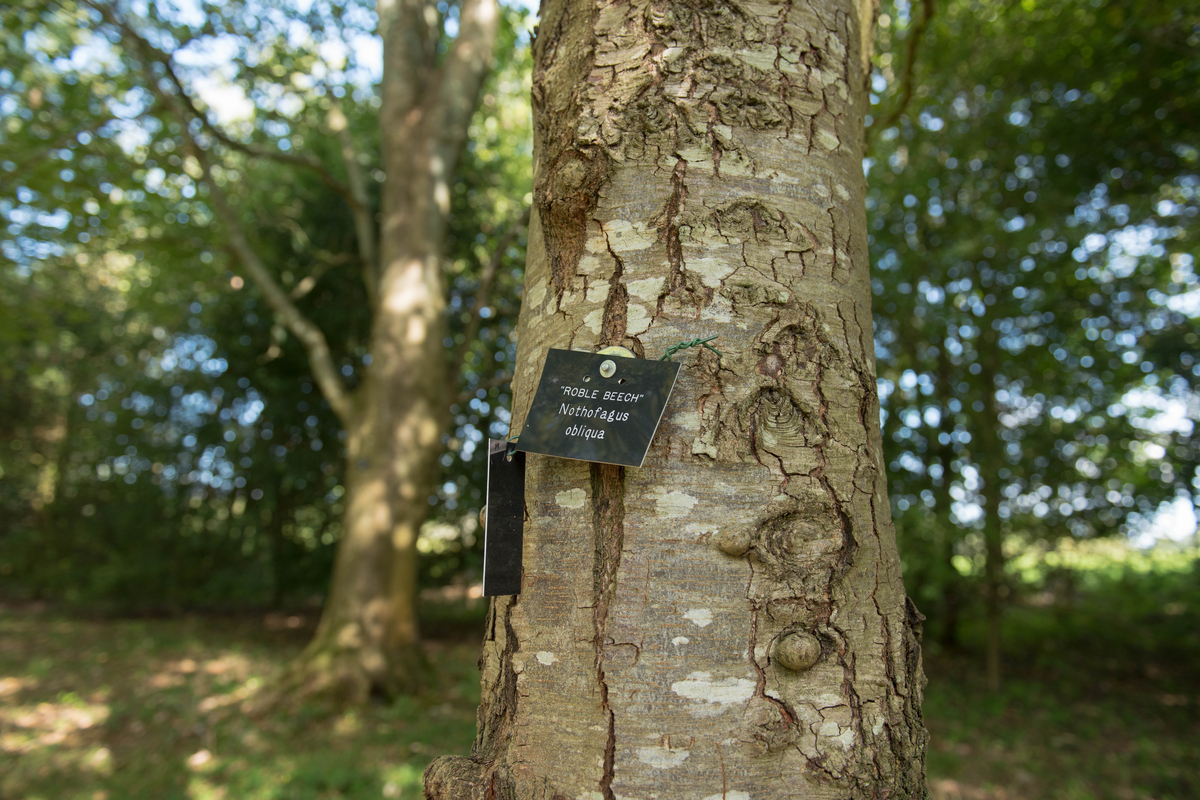
The roble beech is a species of beech from Argentina and Chile. It can grow up to 175 feet tall, with a diameter of more than 6 feet.
When it’s young, the roble beech has a soft, yellow wood; as the tree grows older, its wood becomes harder and takes on a more reddish color.
Due to their straight trunks and tough wood, older roble beech trees are favored for use in construction and furniture making.
10. Rocky Mountain Fir

As you might guess from the name, these trees are endemic to the mountainous regions of the northern USA including the Rockies.
Known for their smooth, gray, trunks and clusters of green needles, the Rocky Mountain Fir can grow up to 160 feet tall.
Not only is it a popular choice for lumber and construction, but it is also commonly used as a Christmas tree.
11. Rough-Bark Arizona Cypress

There are several varieties of Arizona cypress, but there is a lot of controversy surrounding what genus they belong to and whether the different varieties are even part of the same species.
Rough-bark Arizona cypress, unsurprisingly, is characterized by their rough and rugged surface. They also have dense, prickly leaves that stay green year-round.
12. Roundwood
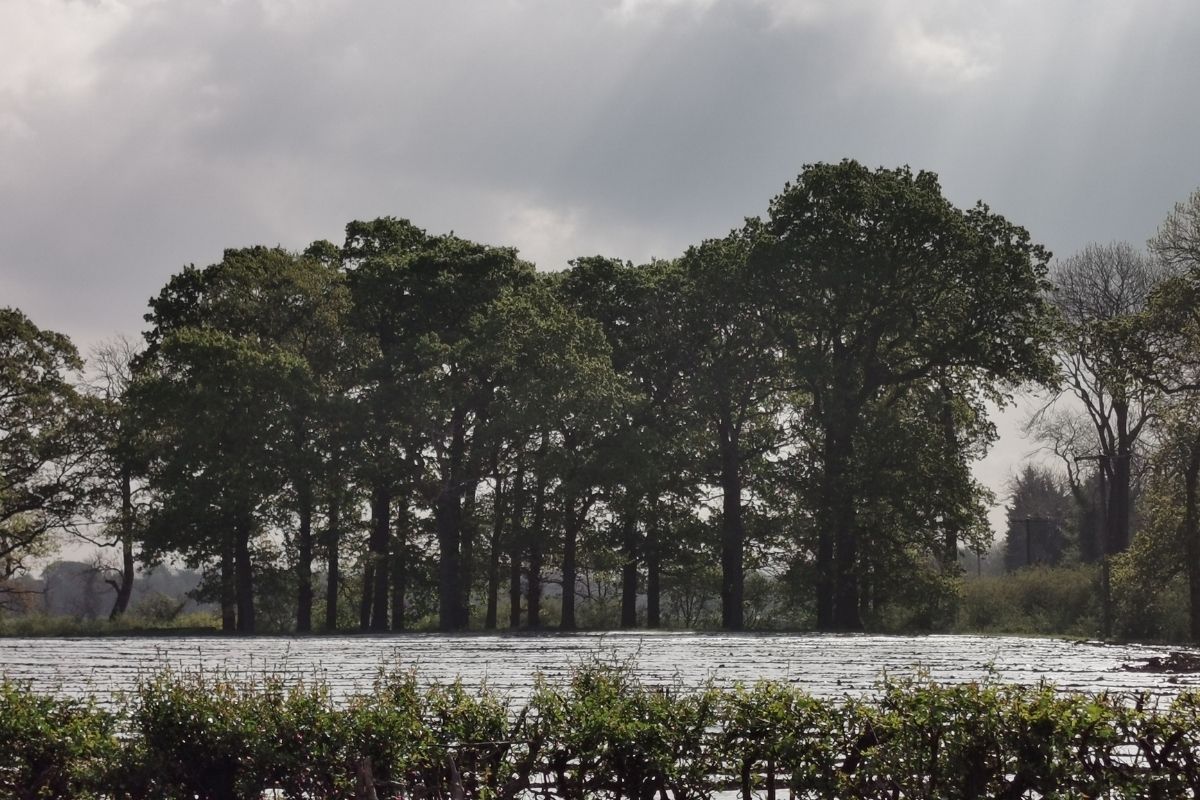
Roundwoods are one of the most popular trees to use in construction. They are tall, strong, and have smooth trunks that make them perfect for logging.
Roundwood trees are most commonly found in parts of North America and the UK.
13. Rosewood

Despite their name, rosewood trees don’t have rose-shaped or colored blossoms, and nothing about their exterior hints at why they have this name.
However, if you see a rosewood that has been chopped down, you’ll be greeted with a gorgeous, rich pink core.
Due to their spectacularly-colored logs, rosewoods have been the subject of illegal logging and trafficking, putting them at risk of extinction.
RELATED: Among The Roses: 15 Different Types Of Rosewood Trees
14. Rowan
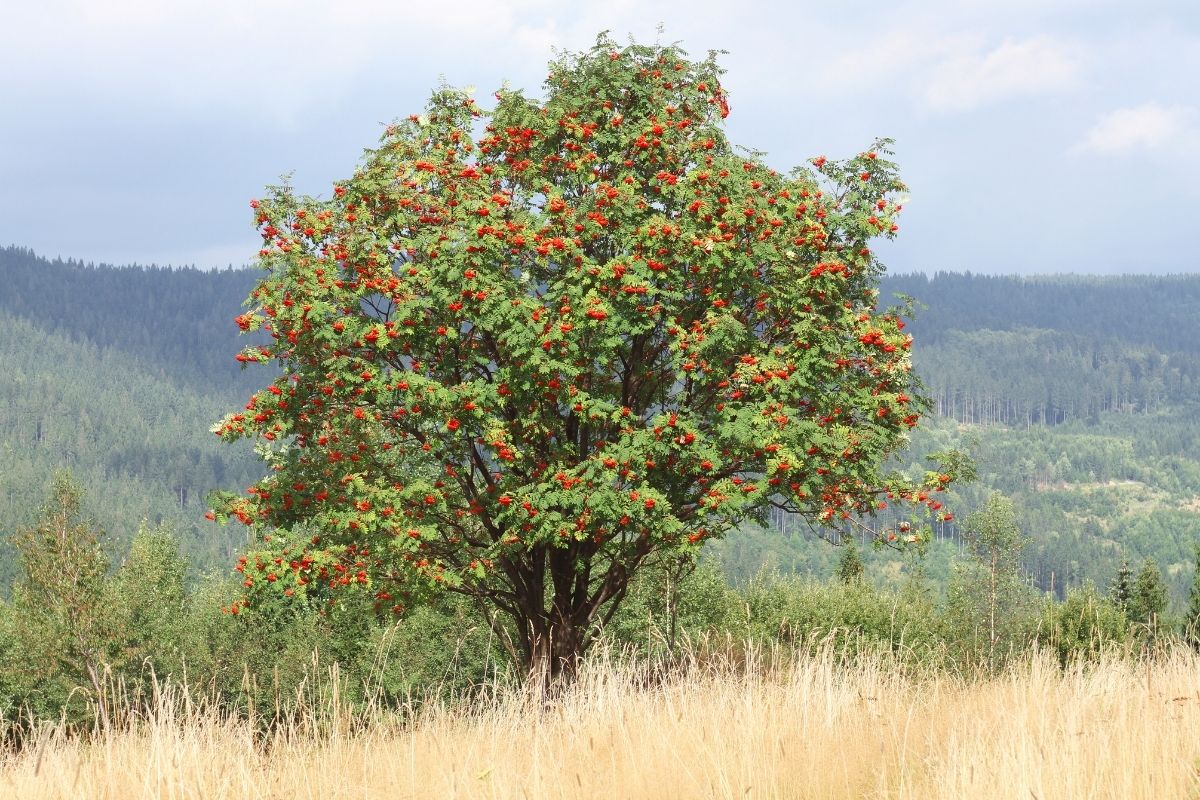
Rowans are a common tree that is easy to find throughout the cooler regions of the Northern Hemisphere.
They are particularly common in Asiatic countries such as China and Tibet, where you can identify them by the bright clusters of small orange berries they grow.
These berries are a great source of food for the surrounding wildlife but can be poisonous to humans.
15. Royal Palm
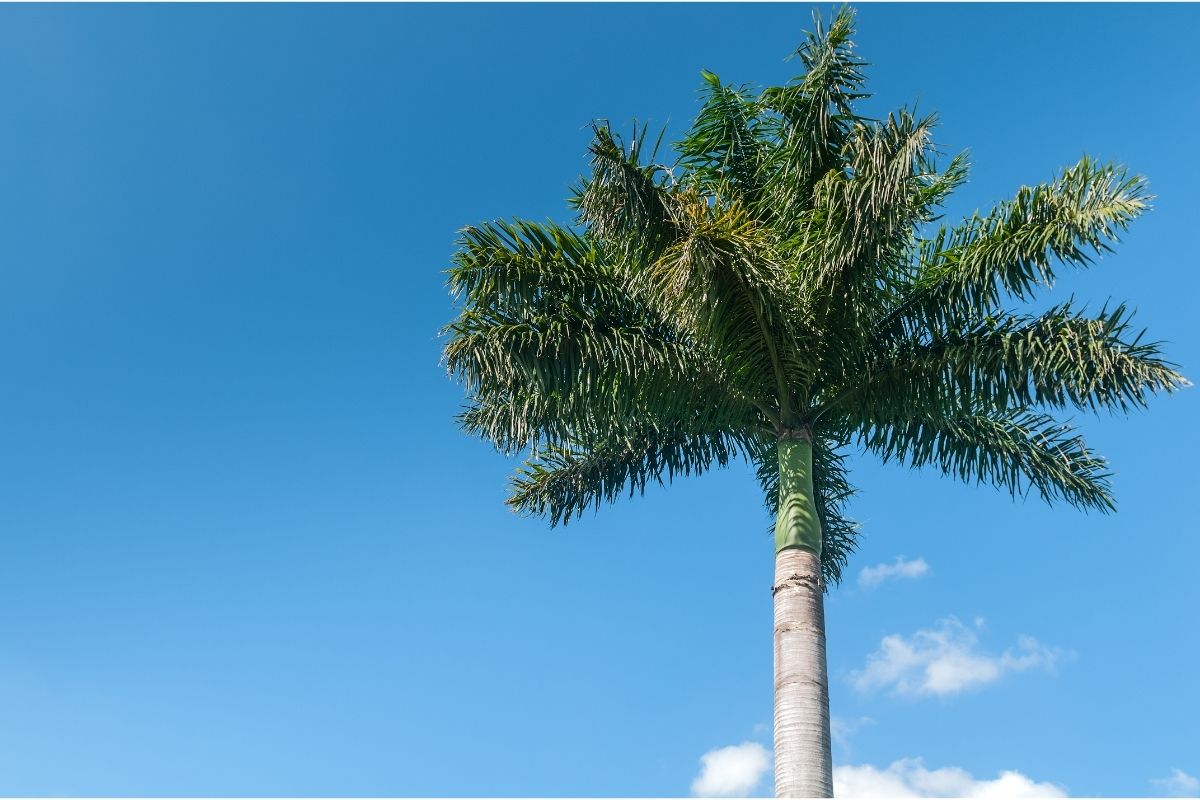
Royal palm trees are a beautiful variety of ornamental palm trees, with wide leaves that can grow up to 13 feet long.
Although they are also known as the Florida royal palm or the Cuban royal palm, these trees are actually native to Mexico.
While they are mostly used as ornamental trees, royal palms are also used for timber, thatch, and their fruit is a food source for local wildlife.
16. Royal Poinciana
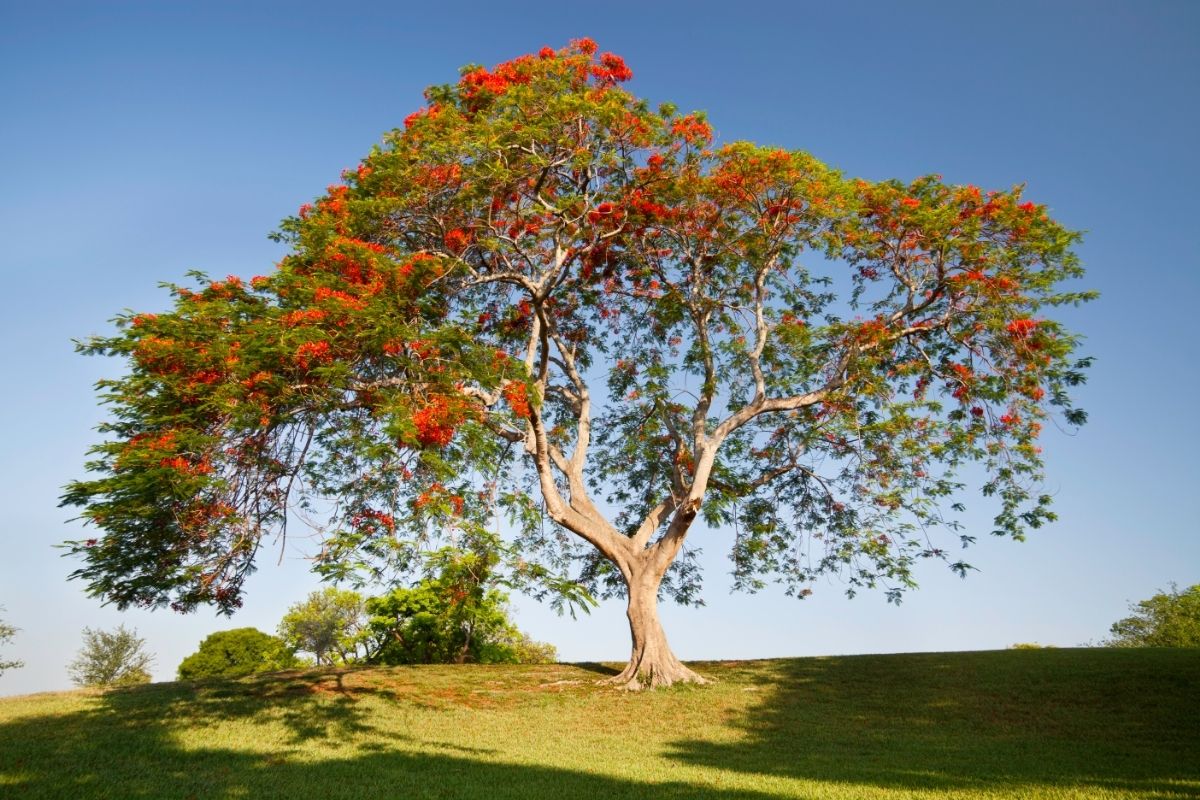
This tree is native to Madagascar and gets its nickname – the Flame Tree – from its striking red leaves that bloom over the summer months.
Due to its spectacular color and beautiful, fern-like leaves, the royal poinciana is a popular ornamental tree in many tropical parts of the world.
It does hide a dark secret, however; in addition to its seeds being highly poisonous, the royal poinciana also has sharp thorns along its branches.
17. Rubber Tree
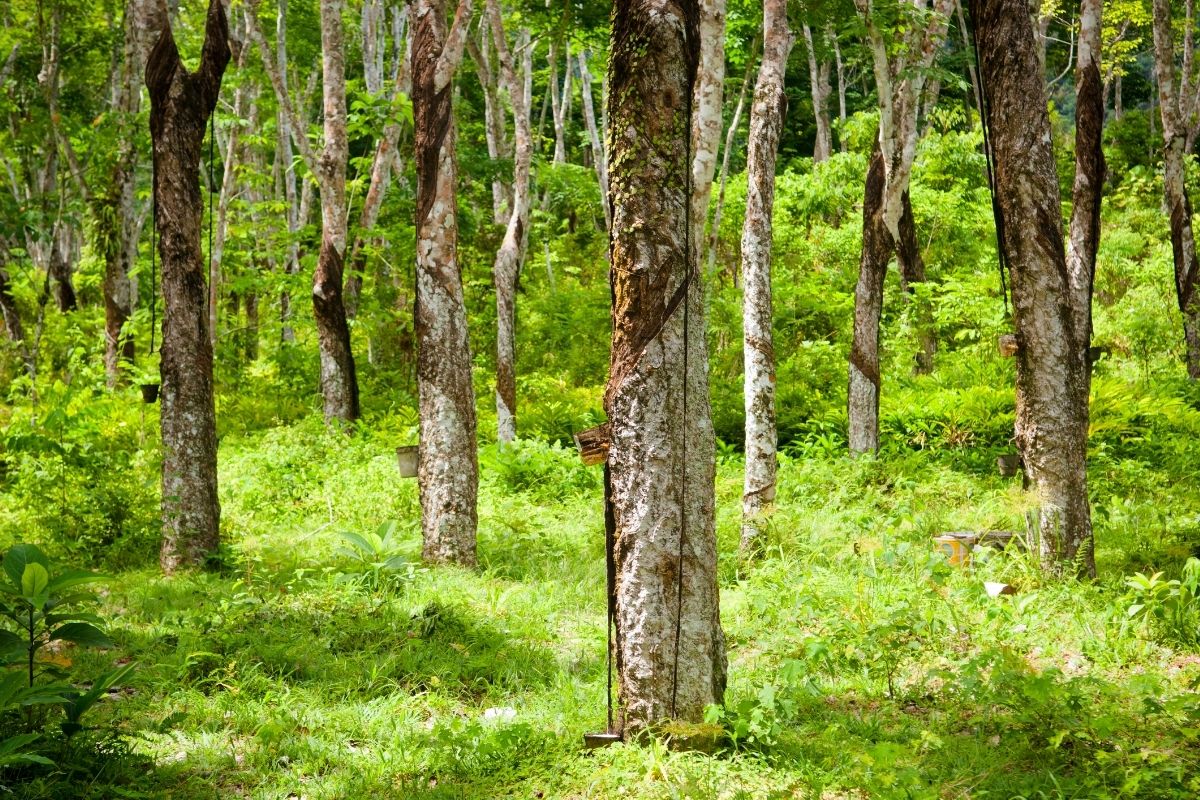
Rubber trees, contrary to popular belief, aren’t the source of natural rubber. While they do contain milky white latex, this isn’t the type of latex used in commercial rubber making.
It’s actually the Para rubber tree, a different species entirely, that produces the appropriate type of latex to use when making rubber.
Rubber trees are tropical trees and prefer warm temperatures and high humidity.
They can only be pollinated by a specific type of fig-wasp, and they don’t have bright flowers to avoid the attention of other types of pollinators.
RELATED: How To Propagate Rubber Plant: Things To Know Beforehand
18. Rum Cherry Tree
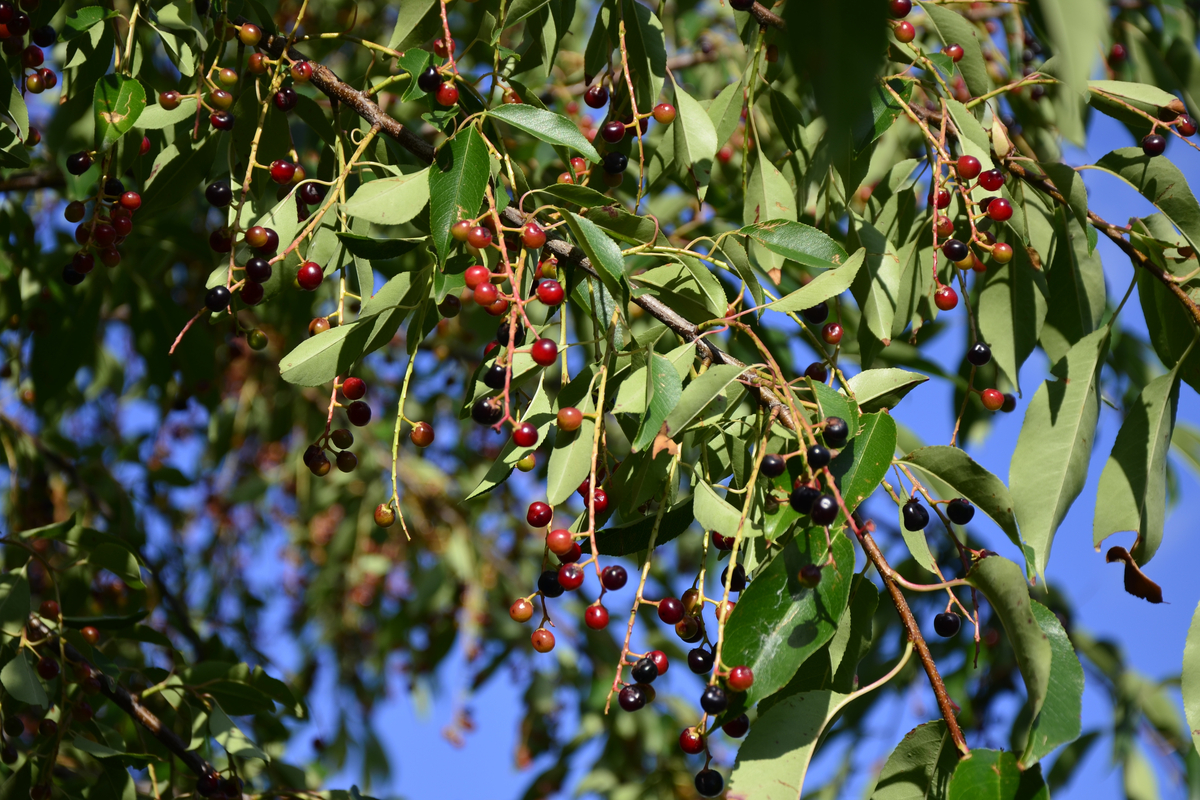
Rum cherry trees get their name from the fruit they grow. The juice of black cherries is a traditional mixer that is paired with rum in the tree’s native areas of Mexico and Central America.
Rum cherry trees are fickle, taking a long time to grow and being prone to damage from storms and animals (a species of caterpillar can even destroy large groups of the trees during the spring).
They can also be toxic to farm animals that might graze on them, although their fruit is perfectly safe for humans to eat.
19. Runner Oak

The runner oak is native to south-eastern parts of the USA, found in states such as Alabama, Florida, and Mississippi. They are much smaller than the typical tree, and will usually be less than a meter tall.
The vast majority of their size (and the reason for their name) is the massive network of roots and ‘runners’ that spreads underground.
This runner system can stretch for dozens of feet from where the tree is growing.
Final Thoughts
There you have it – now you know a little more about some of the many trees with names beginning with the letter ‘R’.
We hope you’ve enjoyed learning about the vast variety of trees that populate our planet.
Trees come in all shapes and sizes, and just because these trees share the same first letter of their name it doesn’t mean that they are just as varied as any other type of tree.
So next time you’re out in nature, keep an eye out for some of the trees on this list – you may very well be able to spot one of the many trees out there with names that start with ‘R’!
Editor’s Recommendations
Top 15 Privacy Trees For Your Lovely Backyard | A Comprehensive Guide
The Golden Guide To Gold Trees: 17 Types Of Gold Trees
Nature Sure Is Beautiful! 28 Different Types Of American Trees







